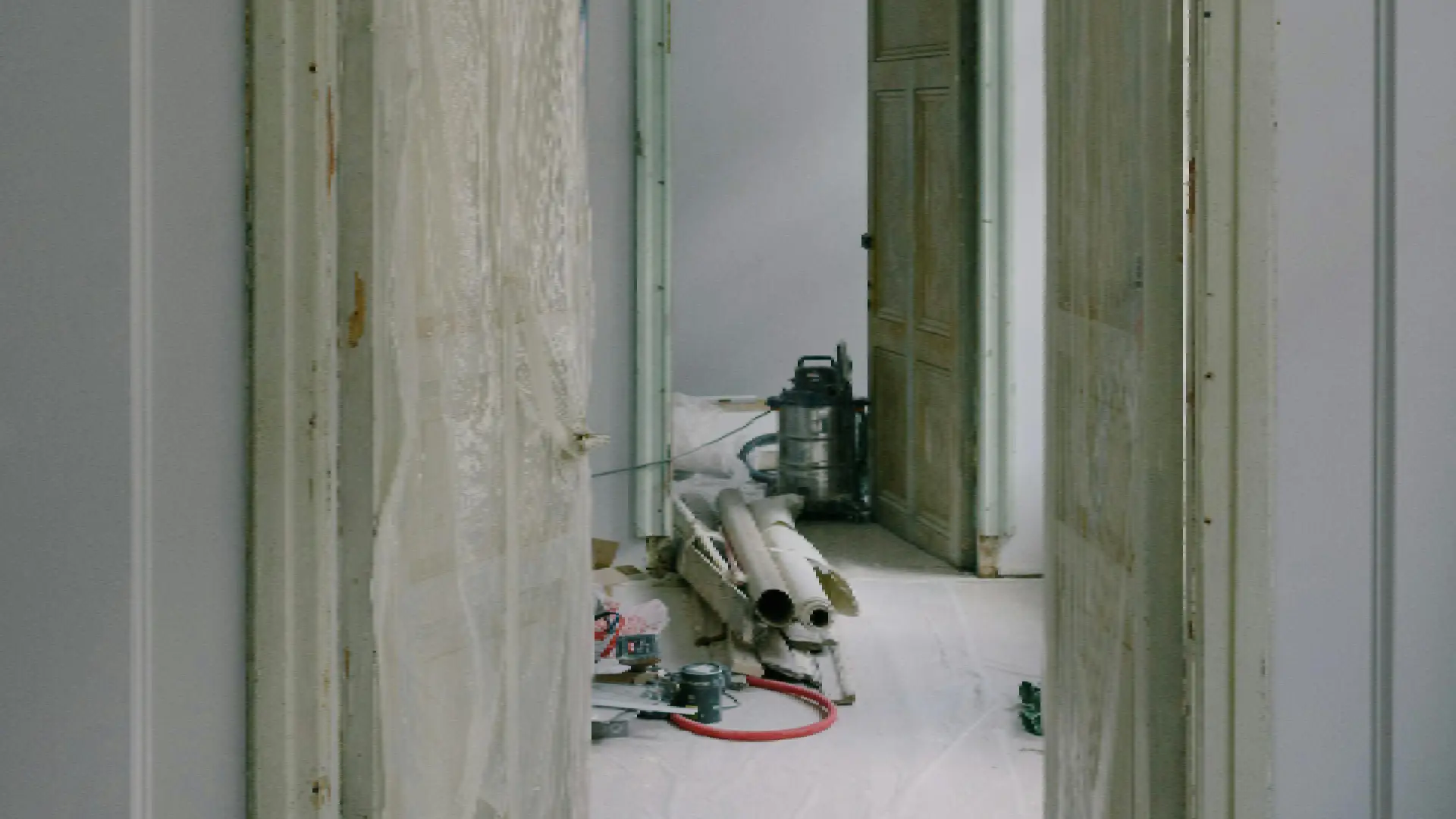
Why Your Floors Feel Uneven and What to Do About It
It’s unsettling when floors no longer feel flat. Maybe it started as a slight slope near the hallway or a soft bounce beneath a chair. Over time, what felt minor begins to raise questions about what’s really going on underneath. Uneven floors can signal a deeper issue, and while not every case is an emergency, it’s worth paying attention before the problem grows.
Understanding what causes floors to feel off is the first step toward a long-term solution. This isn’t just about comfort. It’s about protecting the home from further damage, avoiding costly repairs, and maintaining structure and value.
How Homes Settle Over Time
Did you know that well-built homes can move? The weight of a home may displace the earth beneath it after construction. Settling is natural. Uneven or excessive movement can leave floors feeling sloping, spongy, or awkwardly dipped.
Several variables might cause unequal home settlement. Soil composition matters. Clay-heavy soil expands when wet and shrinks when dry, making it unstable. Erosion or pressure from foundation drainage can displace the base. Over time, stress rises to the floor. Detecting symptoms early reduces structural damage.
Foundation Problems Can Creep Up
Saggy floors in the middle of a room may indicate foundation difficulties. In a crawl space or whole basement, problems can go unseen until they show up indoors. An uneven sensation can result from a faulty support beam, rotten joist, or moisture-damaged subfloor.
Foundation problems often have multiple symptoms. Doors may not close nicely. Cracks may appear above windows or baseboards. Floors that felt sturdy may now squeak or flex. Though subtle, these indicators frequently indicate a greater issue. An inspection by a structural specialist determines if the problem is just flooring or goes deeper.
Moisture Plays a Bigger Role Than Expected
When it comes to floor changes, water is a major cause. Subfloor and foundation materials deteriorate over time as moisture enters. For homes with crawl spaces, humidity can cause wood rot or mold, which weakens the structure. Leaks or inadequate drainage in basements can also cause flooring to settle.
Some moisture sources are simple to miss. Poor ventilation, clogged gutters pushing water to the foundation, or an undetected plumbing leak could cause it. When water enters, it spreads silently. Early identification and moisture control via vapor barriers or sump pumps can prevent further harm.
Flooring Materials Might Be the Problem
Not all uneven floorings are structural issues. Sometimes the flooring material is the problem. Wood can distort or cup, especially in humid or temperature-changed environments. Laminate floors may lift if the subfloor is uneven or the glue fails. Even carpet over older wood or tile can show wear and cushion disintegration dips and waves.
Flooring issues often arise after years of use or a remodeling that didn’t prepare the surface. This is less serious than a foundation issue, but it still affects home comfort and appearance. A professional can determine if the material can be fixed or replaced. Regardless, surface correction makes daily life safer and more stable.
What Can Be Done to Fix Uneven Floors
Repairing an uneven floor depends on the cause. Foundation reinforcement or leveling may fix settling. Support piers, jacks, or beams under the home may also be needed. Drainage improvements and moisture barriers may be needed to stop the damaging cycle if moisture is the cause.
Remove the top layer and fix the subfloor to frequently fix surface-level issues like warped boards or sagging tile. Some small repairs can be done without raising the floor, while others require replacement.
A competent professional can examine the whole issue to discover its cause. Fast action minimizes costly repairs and makes the house more comfortable.
When to Call for Help and What to Expect
When you feel or sense that something is off, instead of ignoring or patching it, seek an actual answer. Professional inspections check the surface, structure, moisture, and flooring materials.
Step one is measuring and leveling to determine how far the floor has shifted. Based on the findings, a repair plan will be made. Sometimes fixing is easier than imagined. Sometimes it takes multiple steps to stabilize the home. Either way, waiting prolongs the issue.
Concern about uneven floors need not cause concern. With support, the home may be comfortable, safe, and valuable again. Contact a professional immediately to regain security where it matters most.